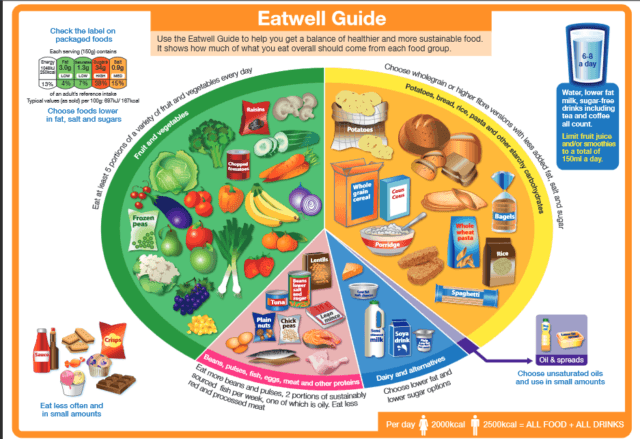Columnists
Proper Nutritional Dieting For Children And Teenagers -By Edwin Alivionote


The child has basic needs for body growth, which takes place at a fast pace based on food supplied. The young adult too (teenager) has need for growth especially to meet up with the transitional body process that accompanies pubertal spurt. Psychological growth which goes simultaneously with the physical growth process is also heavily reliant on food consumption. The growth processes in children and young adults over the years have been limited by failure of parents to meet some basic nutritional needs that comes with the age of these young ones.
Growth of the body begins with the multiplication of cells which builds up tissues and progress that add up to our body system. The organs of the body function continuously to sustain our life processes. Thus, children and teenagers have great need for good food to weather their build up processes. Children from 5 to 12 years grow very rapidly and can be very active. A diet providing adequate energy and nutrients is essential for children at this stage. The huge body demand for calories in teenagers cannot be toiled with at the onset of puberty. Most parents raising teenagers should notice that the surge in appetite around the age of ten in girls and twelve in boys foreshadows the growth spurt of puberty.
Research has it that, boys require an average of 2,800 calories per day while, girls require an average of 2,200 calories per day. Typically, the ravening hunger begins to wane once a child has stopped growing, though not always. The British Nutrition foundation with over 50years to its credit advised that; School children should eat a healthy, varied diet based on the Eatwell Guide and this should be combined with regular physical activity in order to maintain a healthy body weight. Kids who are big and tall or who participate in physical activity will still need increased amounts of energy into late adolescence. During middle and late adolescence, girls eat roughly 25% fewer calories per day than boys do; consequently, they are more likely to be deficient in vitamins and minerals.
All children should be encouraged to choose a variety of foods from each of the four major food groups depicted in the Eatwell Guide, in order to achieve a healthy, varied diet. Parents and guardians should ensure that children and teenagers eat at least five portions of a variety of fruit and vegetables a day. Most of them still aren’t eating enough fruit and vegetables. Vegetables should make up over a third of the food we eat each day. Aim to eat at least five portions of a variety of fruit and vegetables each day. Vitamins and minerals play major roles in body maintenance, brain development, proper internal functioning and revitalize major organs functionality.
The Eatwell Guide is a policy tool used by the UK government to define government recommendations on eating healthily and achieving a balanced diet. The Eatwell Guide shows how much of what we eat overall should come from each food group to achieve a healthy, balanced diet. You don’t need to achieve this balance with every meal but try to get the balance right over a day or even a week.
Continued in Part 2



















